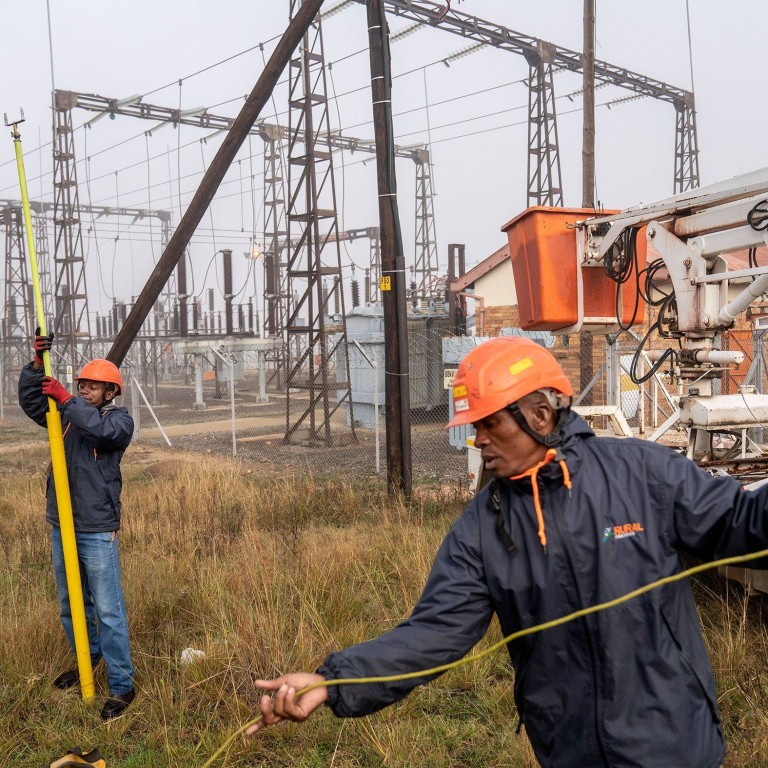
Can the EU’s infrastructure initiative be a better, greener version of China’s belt and road?
- The Global Gateway is primarily a values-based effort aimed at expanding Europe’s influence in developing and neighbouring countries
- Despite obstacles, the EU is positioning itself as a competitor to deliver tangible results on the global stage
With much of the Western world rethinking its economic reliance on China, the EU is attempting to strengthen its footprint in the Indo-Pacific region. Under European Commission president Ursula von der Leyen’s leadership, the EU is undertaking initiatives to counter China’s growing political and economic clout.

It is positioning itself with a distinct European flavour based on democratic values, equal partnerships, environmental sustainability, safe and secure infrastructure and integration of the private sector.
Given the relatively late start of the Global Gateway, it is unclear how it will compete with the belt and road, what resources it will have and how it will collaborate with other emerging initiatives. The EU is struggling to convince critics that the scheme can compete with China over the long term.
There is a reputational cost for failing to deliver on enormous promises. The EU does not have a good track record of leveraging private finance for initiatives outside Europe, and it is unclear whether member states will back the Global Gateway with public cash. Private-sector engagement is also questionable and will be based on risk-reward calculations that could be difficult to reconcile with existing development cooperation norms.
Belt and road plan’s ‘long-term prospects’ at risk in Southeast Asia: study
The Global Gateway aims to address these shortcomings by offering opportunities for inclusive and sustainable development through targeted investments in a variety of sectors. While promising to adhere to European social and environmental standards, it faces challenges in terms of project details and financing.
For some, the Global Gateway is a competitor to the belt and road, with an emphasis on investment in environmentally responsible, future-oriented infrastructure. The EU wants the initiative to be unique and independent of China’s efforts, surpassing them through transparency, good governance, democratic values, “links, not dependencies” and sustainable infrastructure.
If the EU wishes to achieve strategic sovereignty, it must align its actions with its goals. Nearshoring processes are difficult and costly, necessitating significant funding as well as strong political commitment. If the EU acts swiftly, the Global Gateway offers an ideal opportunity to do so.
Professor Syed Munir Khasru is chairman of the international think tank IPAG Asia-Pacific, Australia, with a presence also in Dhaka, Delhi, Dubai and Vienna


